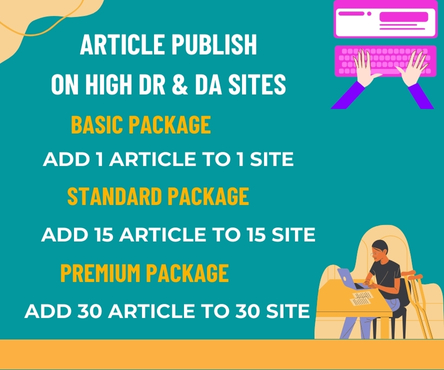In today’s fast-paced digital world, businesses rely heavily on technology to operate efficiently and competitively. While large enterprises often have the resources to maintain fully staffed IT departments, small to mid-sized businesses (SMBs) may struggle to keep up with the growing demands of cybersecurity, cloud computing, data management, and IT support. This is where co managed it services step in as a powerful solution.
Co-managed IT services offer a collaborative approach to technology management. Rather than outsourcing all IT responsibilities, businesses retain control of some internal IT functions while partnering with a Managed Service Provider (MSP) for support, expertise, and scalability. This hybrid model provides the best of both worlds — combining in-house knowledge with external experience and resources.
One of the primary benefits of co managed it services is enhanced support and availability. Internal IT teams can become overwhelmed, especially during peak periods or unexpected crises. Co-managed services supplement these teams, offering 24/7 monitoring, help desk support, and issue resolution. This ensures consistent uptime and faster response times, which are critical for business continuity.
Another advantage is access to a broader skill set and advanced technologies. MSPs stay up-to-date with industry trends and innovations. By partnering with them, businesses gain access to cutting-edge tools, software, and practices that may otherwise be unaffordable or outside the skill range of their current staff. This leads to improved efficiency, better data protection, and more reliable infrastructure.
Cybersecurity is another area where co-managed IT services shine. Threats are evolving rapidly, and businesses can’t afford to take risks. MSPs provide layered security solutions, real-time threat detection, compliance support, and regular vulnerability assessments. When working alongside internal teams, they create a stronger security posture and reduce the likelihood of data breaches or cyberattacks.
Cost efficiency is also a major driving force behind co-managed IT adoption. Instead of hiring more full-time staff or investing in costly infrastructure, businesses can scale their IT needs through a flexible co-managed arrangement. This model reduces overhead costs while maximizing the impact of IT investments. You only pay for the services you need, when you need them.
Another significant benefit is strategic IT planning and guidance. Co-managed service providers often act as virtual CIOs, offering expert advice and planning for future growth. They assist with infrastructure upgrades, cloud migrations, and technology roadmaps. This partnership helps businesses stay competitive and agile in a rapidly changing digital environment.
In conclusion, co-managed IT services are not just a support model—they are a strategic asset. They empower internal IT teams, increase operational efficiency, strengthen security, and enable cost-effective scalability. For growing businesses looking to bridge the gap between internal capabilities and external demands, co-managed IT services offer a smart, flexible, and future-ready solution.

